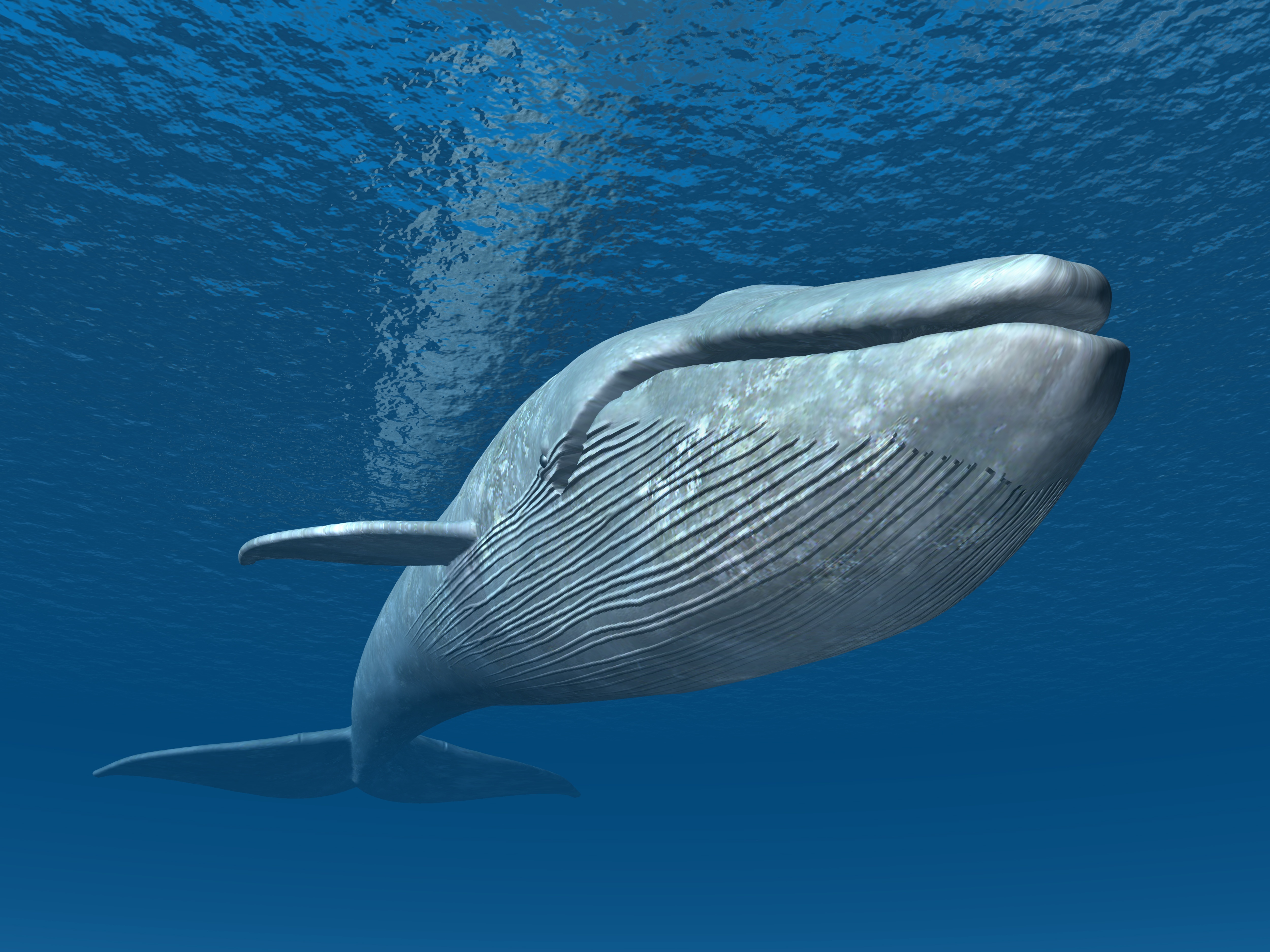

These dimensions give a basic volume of 100 cubic feet (2.8 cubic meters), which is about equal to the anterior of a modern midsize car. It is around 5 feet long and 4 feet wide with 5 feet in height. The heart of a blue whale is the biggest known of any animal on the planet Earth. The heaviest specimen was a female caught in the Antarctic Ocean in 1947, which weighed 209 tons (418,878 lbs). The longest recorded specimen was a female caught in the South Atlantic at a South Georgia whaling station in 1909, which was 33.58 meters (110 feet 17 inches) long. How Big Can A Blue Whale Getīlue whales can reach as much as 105 feet (32 meters) in length and up to 200 tons in weight.

The average weight of male pygmy blue whales was measured as 92 to 109 tons. The average weight of male Antarctic blue whales was measured as 123.5 tons and of females as 145 tons. The average weight of male blue whales in the Eastern North Pacific was recorded as 97.6 tons and of females as 110.3 tons. The average weight of male blue whales in the Northern Hemisphere was recorded as 110.3 tons and of females as 123.5 tons. How Big Is A Blue Whale In TonsĪccording to National Geographic, blue whales weigh up to 200 tons. How Long Is A Blue Whale In Feet – How Big Is A Blue Whale In FeetĪccording to National Geographic, the length of a blue whale is from 82 to 105 feet. How Big Is A Blue Whale In MetersĪccording to National Geographic, the length of a blue whale ranges from 25 to 32 meters.

The average length of adult female pygmy blue whales is 21.3 meters (69.9 feet) and of Chilean blue whales is 23.5 meters (77.1 feet). The average length of adult female blue whales in the Eastern North Pacific habitat was recorded as 22.0 meters (72.1 feet), in the Central and Western North Pacific was 24 meters (79 feet), in the North Atlantic was 21 to 24 meters (68 to 78 feet), and in the Antarctic ocean was 25.4 to 26.3 meter (83.4 to 86.3 feet). National Geographic shows the length of a blue whale from 25 to 32 meters (82 to 105 feet). Models based on the hydrodynamic study suggest that the length of a blue whale could not exceed 33 meters (108 feet) because of metabolic and energy limitations. The scientifically measured longest individual was 30 meters (98 feet) long. The Discovery Committee reported the length of blue whales as up to 31 meters (102 feet). However, problems with taking measurements suggest that any individual longer than 30.5 meters (100 feet) is uncertain. The International Whaling Commission (IWC) reported 88 individuals of more than 30 meters (98 feet) in length, which one was 33 meters (108 feet) long. Individuals found in the Southern Hemisphere are bigger than those found in the Northern Hemisphere. The blue whale is a sexually dimorphic animal and the female individuals are bigger in size and weight than males. While the size and weight of only its heart are around equal to an automobile. The blue whale is such a great marine mammal that only its tongue weighs as much as an elephant.

It has an average size of 82 to 105 feet and weighs up to 200 tons. The blue whale is the biggest known animal ever to exist on the planet Earth. You are going to learn about its size, length, weight, how big they can get, size of its heart, eye, brain, veins, throat, mouth, tongue, blow hole, fin, tail, its size compared to a human, buses, football field, elephant, megaldon, size of its baby and many other interesting information. Here we have gather complete information on the Blue Whale Size and have compared its size with other animals too. In order to comprehend its size, we need to compare it with those animals or things which we have already seen. Blue whale is the largest animal on Earth, knowing this one may wonder How Big is a Blue Whale.


 0 kommentar(er)
0 kommentar(er)
